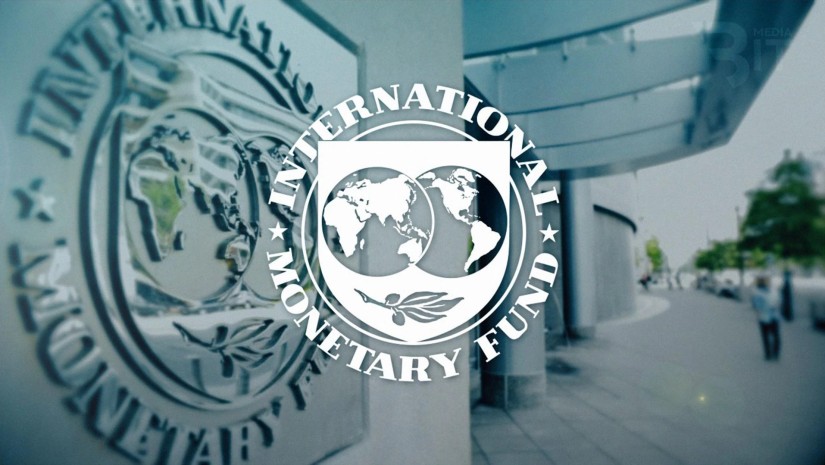In Caucasus and Central Asia (CCA) countries, an increase in the policy rate by 1 percentage point results in a decrease in the rate of inflation by 0.5 percentage point in the first year, Report informs referring to a study by the International Monetary Fund (IMF).
Central banks’ ability to secure price stability hinges in large part on the credibility and effectiveness of their monetary policy.
“Since gaining independence in the 1990s, countries in the CCA region have made considerable progress in modernizing their monetary policy frameworks. CCA central banks have strengthened their legal frameworks and established broad de-jure independence. Armenia, Georgia, Kazakhstan, the Kyrgyz Republic, and Uzbekistan are transitioning to inflation targeting regimes, while the central banks of Azerbaijan, Tajikistan, and Turkmenistan rely on the exchange rate as an operational target. However, the post-COVID surge in inflation has highlighted the limitations of current frameworks and triggered a fresh policy debate on the need to strengthen monetary policy effectiveness in the CCA,” reads the report.
Price stability should be the primary objective of monetary policy (at least in the medium term), according to the IMF. Most central banks pursue price stability as their main objective and recognize that monetary policy has a limited ability to influence real variables in the medium term.
“Turkmenistan is the only country with a fixed exchange rate regime, but capital controls provide some discretion over monetary policy. In Azerbaijan, the de jure exchange rate arrangement is a free float but de facto stabilized relative to the US dollar,” reads the report.
In their view, some CCA central banks have a mandate to achieve a certain level of inflation under inflation targeting regimes backed by a flexible, market-driven exchange rate. Since the mid-2000s, Armenia, Georgia, Kazakhstan, the Kyrgyz Republic, and most recently Uzbekistan have announced their transition to inflation-targeting regimes.
A 1 percentage point exchange rate appreciation results in a 0.3 percentage point decrease in inflation in the first year, according to the study.
The IMF listed structural factors that reduce the effectiveness of monetary policy by limiting the impact of changes in interest rates on the economy. They include shallow financial markets in the CCA, which weaken the impact of monetary policy on interest rates, bank lending, asset prices, balance sheets, and inflation expectations.
Another factor is continuous reliance on exchange rate management and foreign exchange interventions that may offset some of the effects of interest rate changes.
The next one is the still elevated use of the US dollar in the economy, or dollarization – despite its gradual decline over the last decade.
In addition, the IMF has identified three main priorities for the region. First, economists suggest expanding central banks’ operational independence. Government influence over central banks’ decisions and operations can make it more difficult for them to do what is needed to contain inflation. Specific priorities include ensuring that fiscal policy supports disinflation and that most central bank board members do not have executive responsibilities and eliminating subsidized lending and other off-budget government spending mandates by central banks.
Second, increasing exchange rate flexibility is offered to cushion external shocks and help focus monetary policy on domestic needs. It requires limiting foreign exchange interventions to only address excessive volatility in exchange rates and making foreign exchange purchases and sales equally balanced.
Third, enhancing central bank credibility by strengthening communication and transparency is necessary. Clear communication remains challenging despite recent progress on central bank transparency. CCA central banks should pursue further efforts toward a clear and forward-looking approach in explaining how their policy decisions help achieve their policy targets.
















